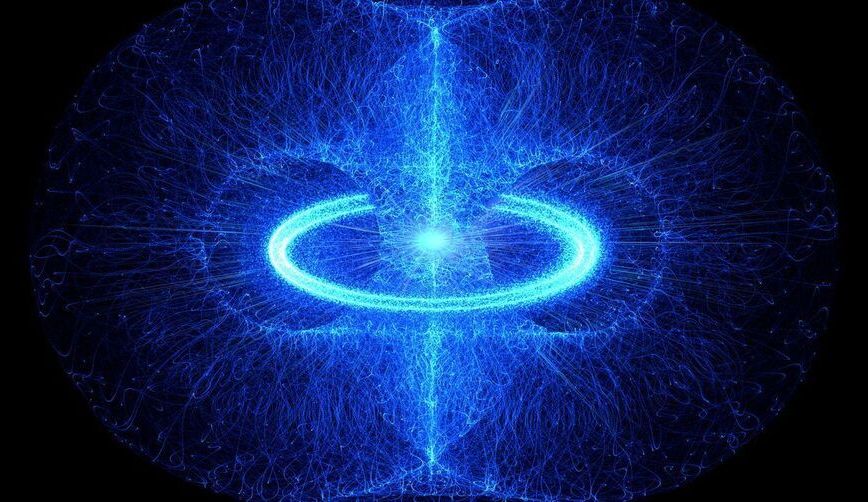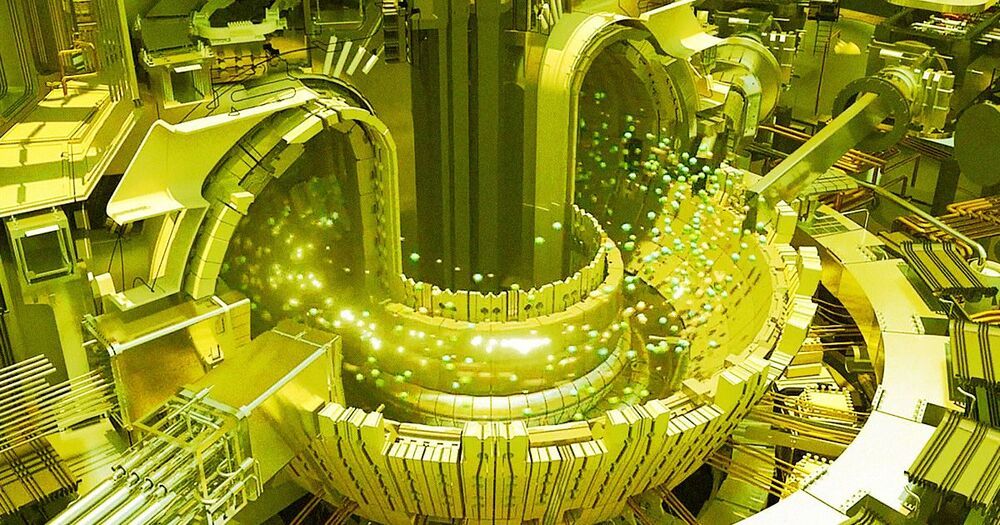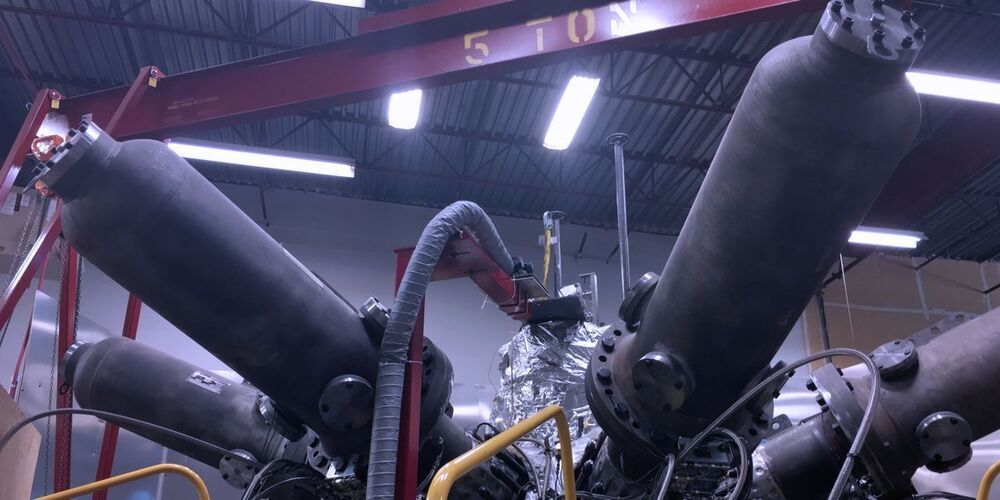Whoever manages it first, we are on the cusp of a new age sparked by fusion giving more than it gets (producing more energy than it uses), then miniaturization for practical use and mass manufacture. That would essentially mean that we have access to an infinite, cheap, safe, and clean energy source. No more coal. No more nuclear waste. Massively less global warming. Even better, given the fact that the world runs on an energy economy built around energy scarcity, we will essentially become a post-scarcity civilization. And THAT my friends is a permanent, impossible to overstate game changer. For EVERYTHING and EVERYONE — FOREVER.
But first, scientists need to see if it’s ready.





